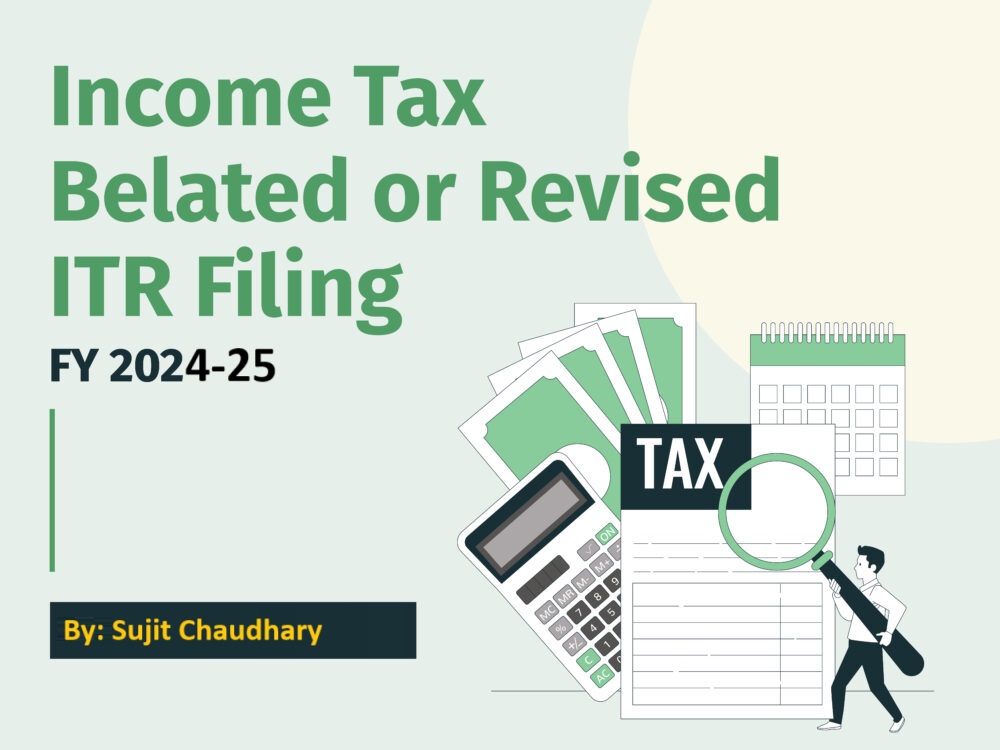Corporate tax is a key financial obligation for businesses and a significant source of revenue for the government. This article delves into the meaning of corporate tax, who levies it, tax rates in India, and ways businesses can reduce their tax liabilities.
What is Corporate Tax?
Corporate tax is a direct tax imposed on the net income or profit of companies. It is payable by both domestic and foreign companies operating in India. Corporate tax rates and regulations are determined under the Income Tax Act, 1961, and are a vital component of India’s revenue system.
The tax ensures that companies contribute to the country’s development by sharing a portion of their profits.
Who Imposes Corporate Tax?
Corporate tax is imposed by the Central Government of India through the Income Tax Department. The tax rates and rules vary based on the type of company (domestic or foreign) and the chosen tax regime (new or old).
Corporate Tax Rates in India (FY 2024-25)
Corporate tax rates differ for domestic companies and foreign companies. Let’s explore the specific rates:
For Domestic Companies
For Foreign Companies
Example of Corporate Tax Calculation
Scenario for a Domestic Company:
Net profit: ₹10 crore
Applicable tax regime: New (Section 115BAA with a 22% rate)
Tax liability: ₹10 crore × 22% = ₹2.2 crore
Scenario for a Foreign Company:
Income from royalties in India: ₹5 crore
Tax rate: 50%
Tax liability: ₹5 crore × 50% = ₹2.5 crore
How to Reduce Corporate Tax Liability in India
Businesses can reduce their corporate tax liabilities legally through various strategies:
- Opt for the New Tax Regime (Section 115BAA or 115BAB)
Companies willing to forgo exemptions and deductions can benefit from reduced tax rates (22% or 15%).
Suitable for companies with fewer claims on tax-saving measures.
- Claim Depreciation
Investments in machinery, equipment, or technology qualify for depreciation benefits, reducing taxable income.
- Avail Deductions for Research & Development (Section 35)
Companies investing in scientific research or R&D activities can claim deductions for up to 100% of the expense.
- SEZ Benefits (Section 10AA)
Companies operating in Special Economic Zones (SEZs) can claim tax exemptions for profits generated from SEZ-based operations.
- Incentives for Startups (Section 80-IAC)
Eligible startups can claim a 100% deduction on profits for three consecutive assessment years within a seven-year window.
- Take Advantage of MAT Credits
While the Minimum Alternate Tax (MAT) ensures a base tax payment for companies with significant book profits, unused MAT credits can offset future tax liabilities.
Advantages of Choosing the Right Tax Regime
Example:
Scenario 1: A domestic manufacturing company with a turnover of ₹500 crore opts for Section 115BAB.
Tax Rate: 15%
Tax Liability: ₹500 crore × 15% = ₹75 crore
Scenario 2: The same company under the old regime with exemptions and deductions.
Tax Rate: 25%
Tax Liability (after deductions): ₹500 crore × 25% – ₹20 crore (deductions) = ₹105 crore
Clearly, the new regime reduces the tax burden significantly.
Conclusion
Corporate tax is not just a legal obligation but also a financial planning tool for businesses. Understanding tax structures, choosing the right regime, and leveraging available deductions can help businesses optimize their tax liabilities.
By staying informed and consulting with tax professionals, businesses can ensure compliance while maximizing profitability. Corporate tax may seem daunting, but with the right approach, companies can manage their taxes efficiently.


